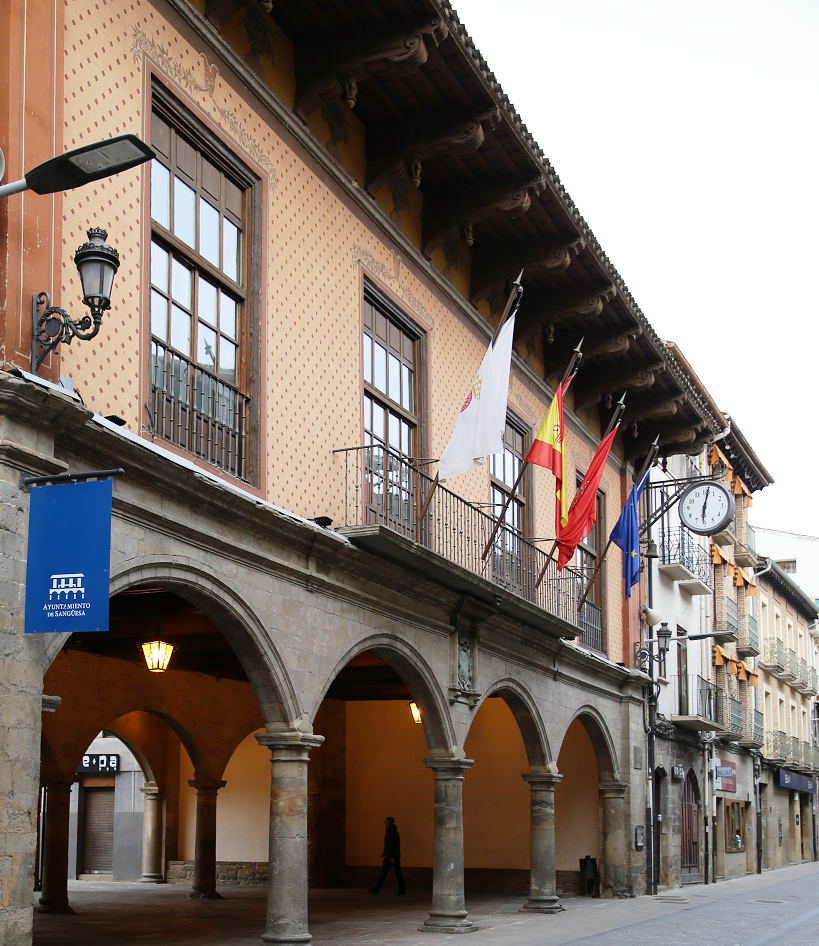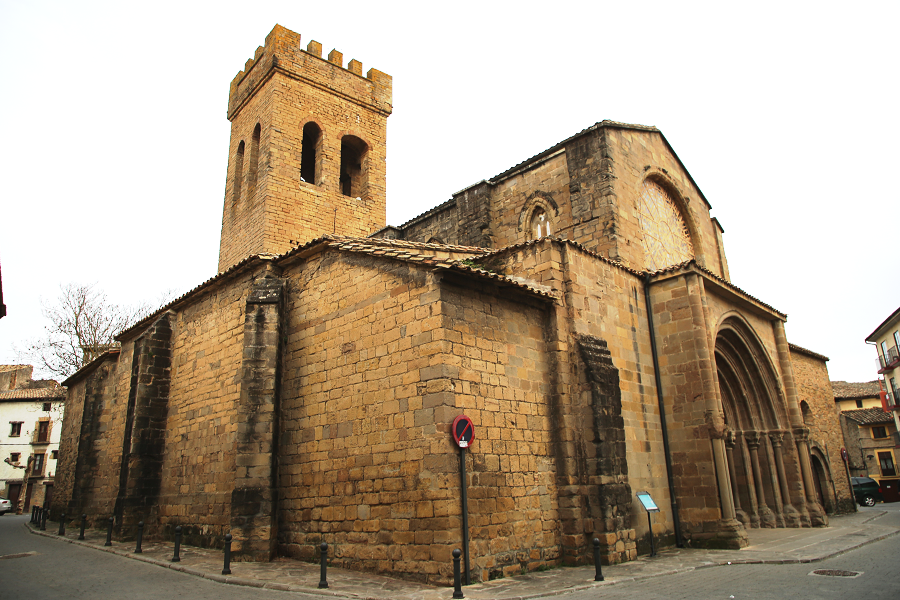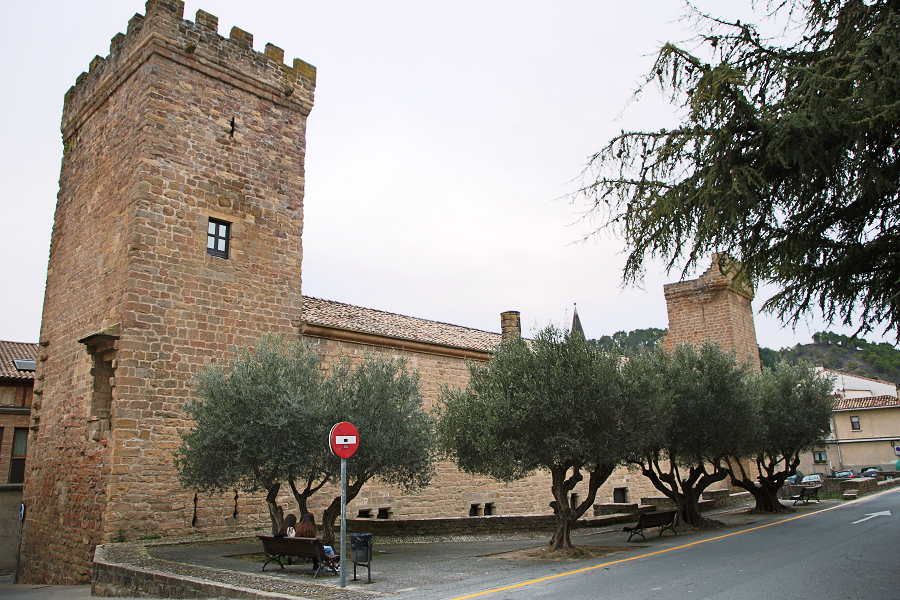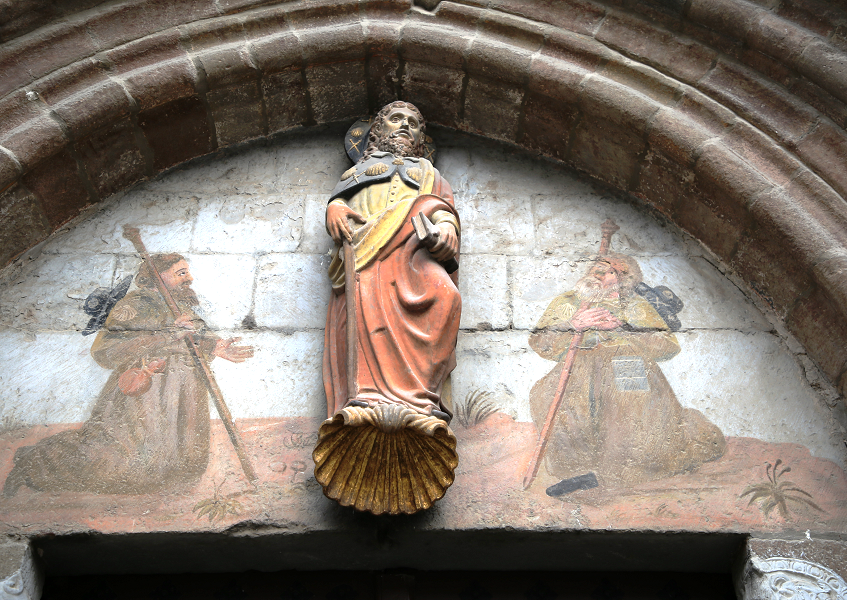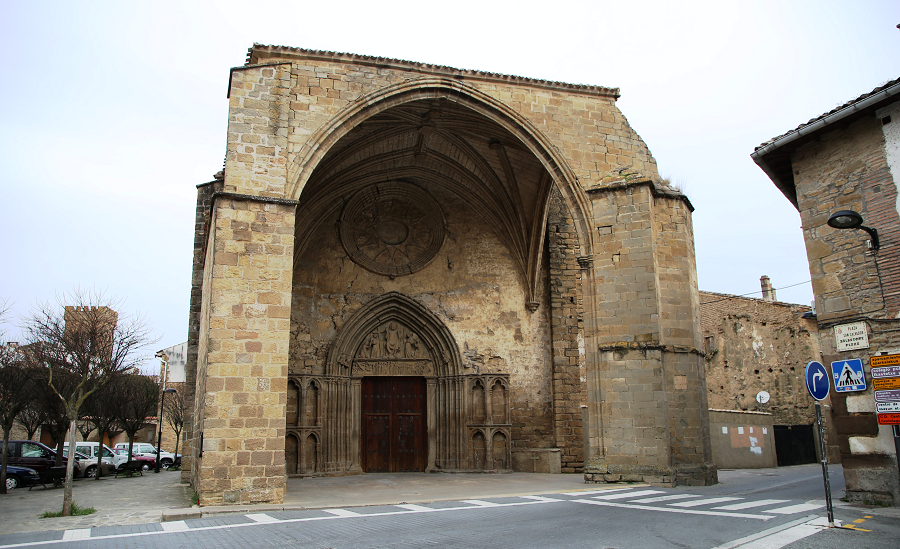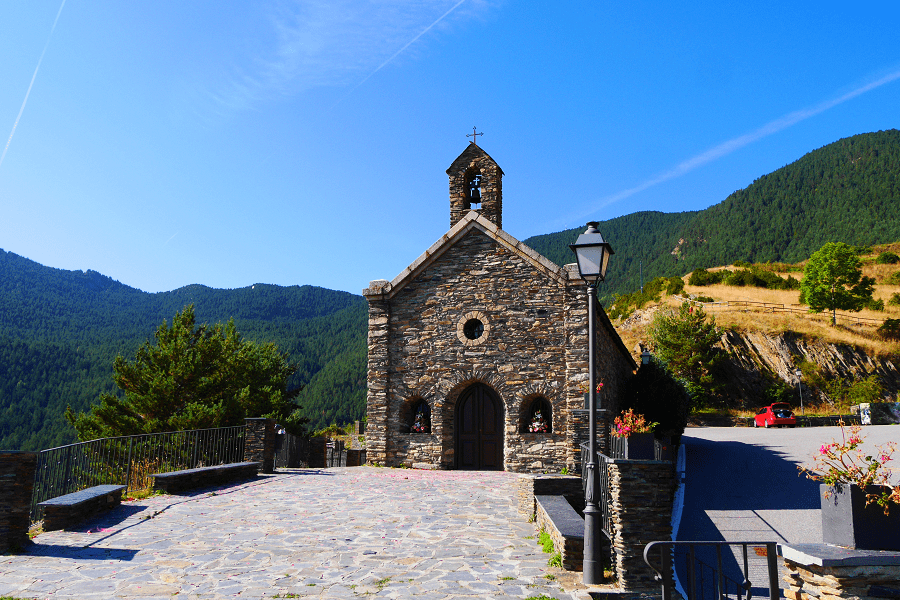Sangüesa (Basque: Zangoza) is a city in Navarre, Spain. It lies close to the River Aragon, on the Camino de Santiago. It has been an important stopping point for pilgrims since the Middle Ages and has preserved its medieval character.
Sangüesa-Zangoza is the historic capital of one of the six merindades into which the old Kingdom of Navarre was divided.
Main attractions
Civil architecture
Tower Clock Museum. Belonging to the City Council of Sangüesa, this curious exhibition can currently be seen in one of the rooms of the Gothic Convent of San Francisco. It brings together a collection of pieces from the 18th to the 20th centuries; they are machinery of ancient monumental clocks from church towers or town halls.
Palace of the Kings of Navarre, also called the Prince of Viana: medieval fortified palace. After the Conquest of Navarre, it served to house the invading troops, suffering progressive deterioration. At the moment it conserves its defensive wing, where its battlemented towers rise.
Town Hall. Renaissance-style mansion built in 1570 on one of the wings of the palace of the kings of Navarre. It is one of the oldest Town Halls in Navarre.
Palace of the Marquises of Valle-Santoro, from the 17th century, built by a viceroy of New Spain. It has an interesting internal staircase and a monumental wooden eaves, one of the most spectacular in Navarre. It has a great colonial influence. It is today House of Culture.
Casa de los Sebastianes, on Calle Mayor, where Enrique II of Navarre was born on April 25, 1503.
Palace of the Dukes of Granada de Ega, from the 15th century.
Palace of the counts of Guenduláin, baroque style, from the 17th century.
Sangüesa Bridge over the Aragón River. The old Romanesque bridge was ordered to be built at the end of the 11th century by King Sancho Ramírez.
Old bridge over the Onsella, with four arches. The narrowest is from the 12th century.
Cruz de San Lázaro or de los Azadones (this one from the 16th century), is a Gothic transept.
Castellón or Casteillon; the old castle was located on a hill, the Puy de Arangoiz, which dominates the city. In the Carlist wars it was used as a fort by the Liberals.
Religious architecture
Santa María la Real: Romanesque church. It was donated in 1131 by Alfonso I to the order of Saint John of Jerusalem. It is a small Romanesque church with three naves. The octagonal tower is Gothic, from the 13th-14th centuries.
What has made this church famous is the great Romanesque doorway, which is one of the most interesting and complex works of Navarrese medieval art. In addition to religious representations, there are multiple reliefs with rich symbolism.
Convent of San Francisco de Asís. Its foundation is attributed to Saint Francis of Assisi himself on a trip through Navarre in 1212-1213 to go to Santiago de Compostela. Together with the Convento del Carmen, they are the only ones that remain of the four convents that existed in Sangüesa. It consists of a beautiful cloister and a Gothic church with a single nave.
Church of Santiago el Mayor: of Romanesque origin, it is recorded in a pontifical document from 1144, but its works were not completed until the fourteenth century (1365), until the bell tower was completed.
How to get?
From Pamplona 34 min (46.8 km) via A-21
From Madrid 4 hr 13 min (392 km) via A-2
Main information
Area: 69 km² (municipality)
Coordinates: 42°33′54″N 1°15′11″W
Population: 4897
Languages: Spanish, Basque
Currency: Euro
Visa: Schengen
Time: Central European UTC +1



